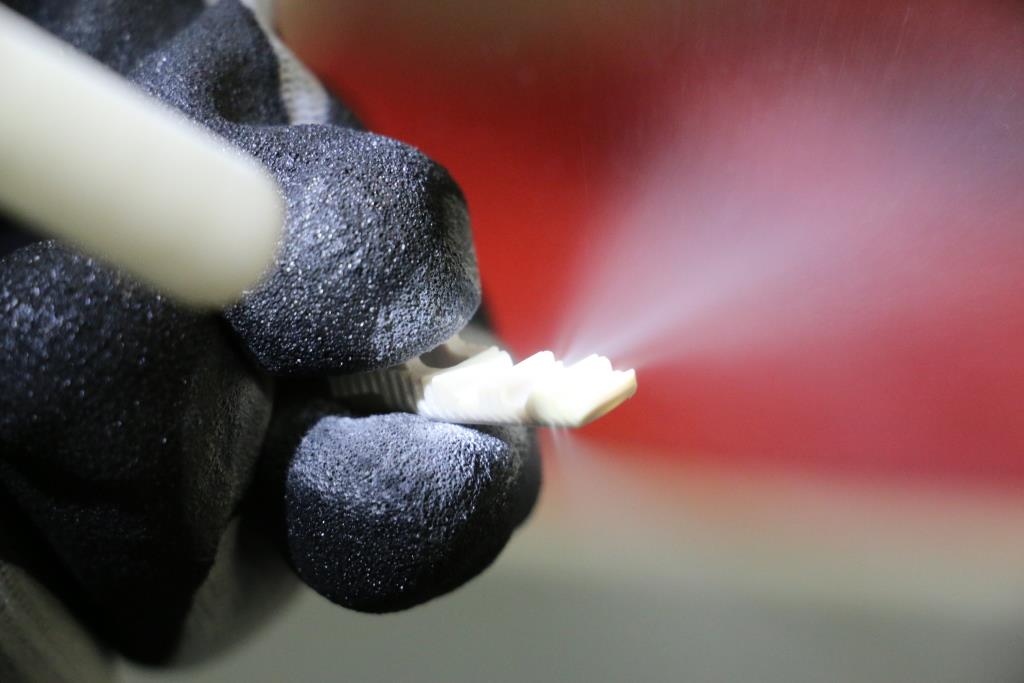What’s the difference between cryogenic deflashing vs. cryogenic deburring? They’re both secondary processes that remove surface defects without changing critical part dimensions or surface finish. They both subject parts to very cold temperatures, and it’s this cryogenic treatment that makes part defects brittle and easy-to-remove using a special non-abrasive media. In addition, both cryogenic processes […]




